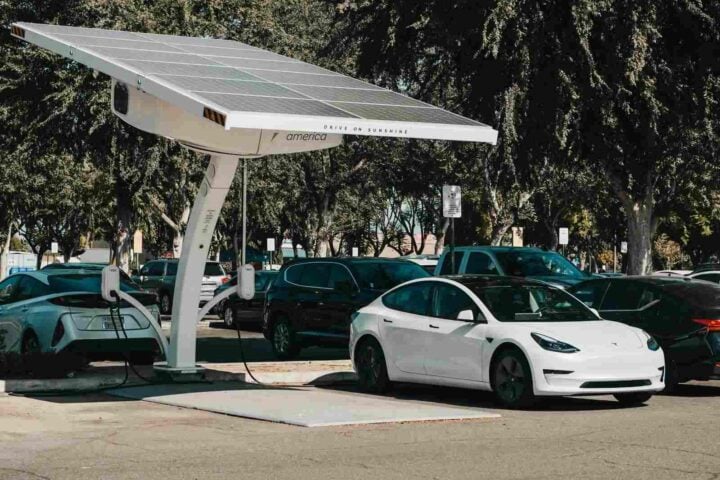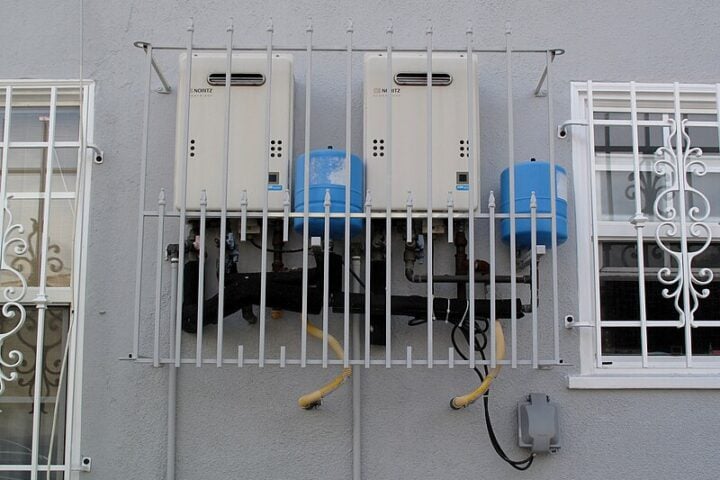The introduction of the world’s first sand battery in Finland marks a pivotal moment in the renewable energy sector. This novel technology, developed by Polar Night Energy, utilizes a common and abundantly available material – sand – to store energy in a way that’s both efficient and sustainable. Here’s a detailed look into this innovation, broken down into key aspects for easy understanding.
Sand Battery: The Basics
- Technology Overview: The sand battery is a high-temperature thermal energy storage system. It uses sand as a medium to store heat, generated from renewable energy sources like solar or wind power.
- Capacity and Power: The inaugural installation in Vatajankoski, western Finland, has a capacity of 8 MWh and a heating power of 100 kW.
- Operational Mechanics: Electricity from renewables heats the sand in insulated steel silos up to 600 degrees Celsius. The heat is then stored and can be used later, particularly for heating buildings.
Environmental and Economic Advantages
- Sustainability: This system offers a green solution for energy storage, reducing reliance on fossil fuels and cutting down greenhouse gas emissions.
- Cost-Effectiveness: Sand is cheap and readily available, making this a financially viable option compared to other energy storage methods.
Technical Specifications
- Heat Storage and Retention: The sand can be heated to around 600 degrees Celsius and retains heat for several months, bridging the gap between energy surplus and demand seasons.
- Efficiency: Sand stores more energy per volume than water, offering a space-efficient energy storage solution.
Industry Perspectives
- Expert Insights: Ville Kivioja, lead scientist at Polar Night Energy, emphasizes the practicality and ubiquity of sand, “Sand has almost no limits. And it’s everywhere.”
- Market Potential: The simplicity of the design and the widespread availability of sand suggest strong potential for scalability and diverse applications, including industrial uses.
Challenges and Considerations
- Energy Conversion: While excellent for storing heat, converting this back into electricity is not as straightforward and involves additional infrastructure and energy losses.
- Optimization Needs: Continuous improvement in the efficiency of energy transfer and storage in sand is crucial.
Bottom Line
Finland’s foray into sand battery technology represents a significant advancement in the quest for sustainable energy solutions. Its simplicity, cost-effectiveness, and environmental benefits make it a noteworthy development in the renewable energy landscape. As the world pivots towards greener energy sources, such innovations are critical in addressing the challenges of energy storage and supply continuity.
By delving into the technical details and considering expert opinions, this analysis presents a comprehensive view of the sand battery technology, its potential impact, and the challenges it faces. This innovative approach could indeed be a game-changer in the renewable energy sector, offering a pragmatic solution to the longstanding issue of energy storage.


















